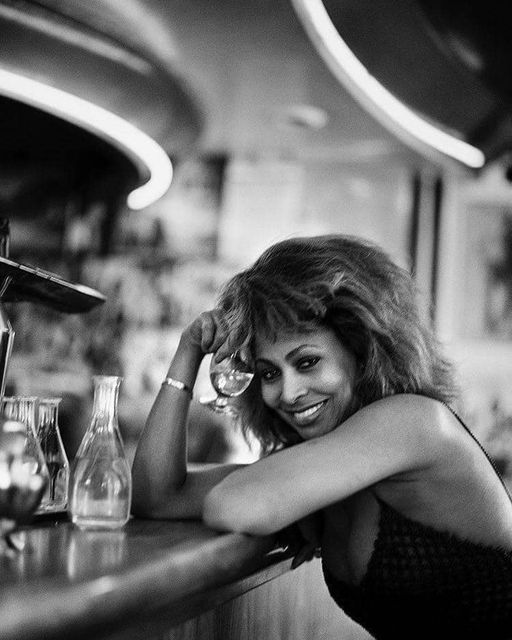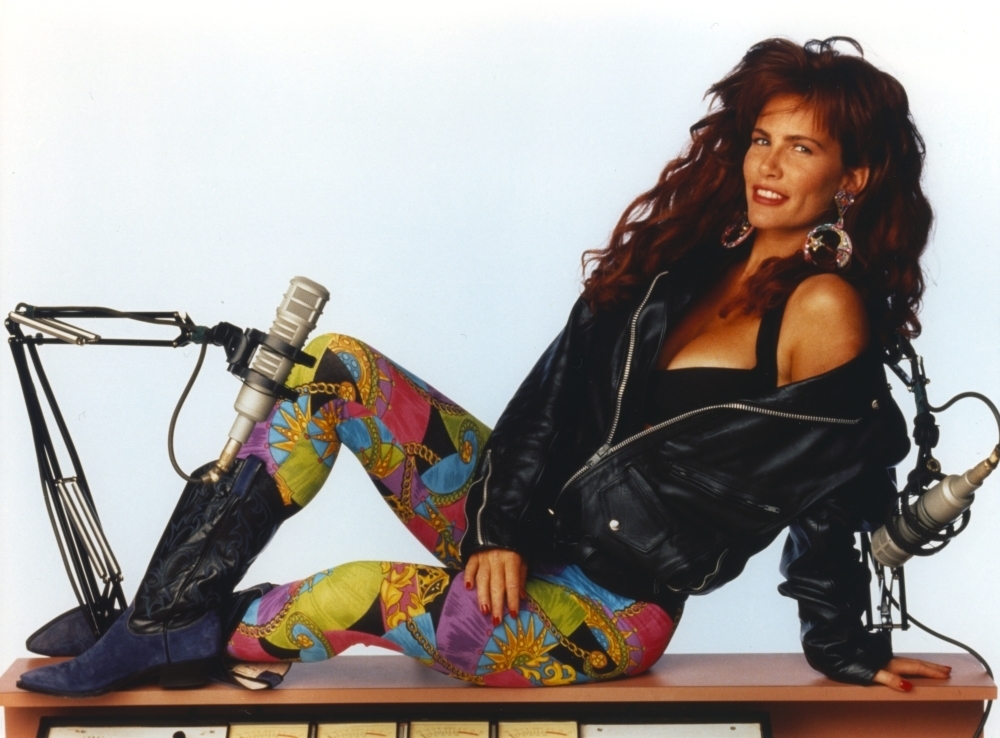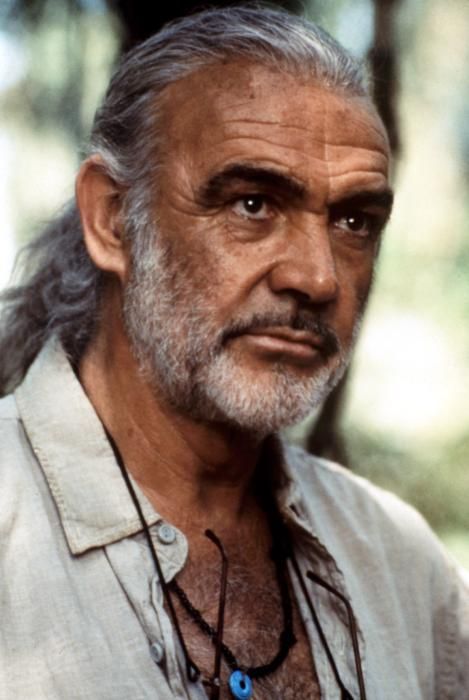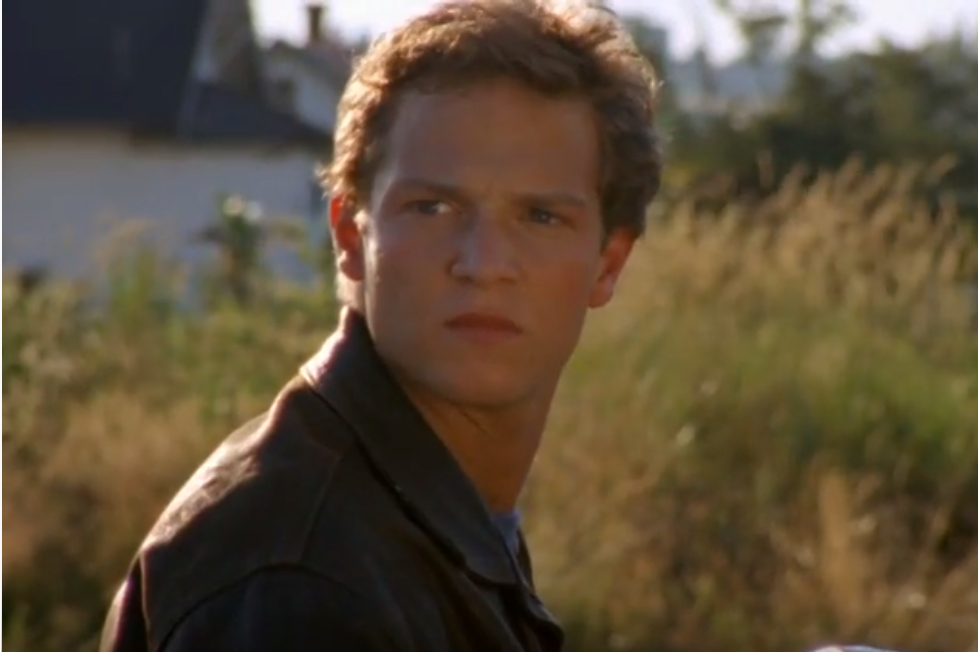I didn’t make many friends in college.
It wasn’t because I was antisocial or anything like that. The issue was that I was a commuter student. As soon as I was done with my classes for the day, I was in my little VW Rabbit with the sun roof open, blasting for home 25 miles away. That made it difficult to participate much in campus life or get to know anyone outside of class. Looking back, it’s a huge regret, one of about a hundred things I’d do differently if I had the chance.
Even with that self-imposed obstacle, though, there were a couple people I became close with during my five years at the University of Utah. A guy named Jaren Rencher, for one. He was probably the first friend I made beyond high school. We met our freshman year, way back in the fall of 1987, in a course titled “Intellectual Traditions of the West.” ITW, for short. It was kind of an introduction to philosophy, a survey of all the important thinking — the intellectual traditions, if you will — that have underpinned western civilization over the past 3000 years, everything from Plato to Henry David Thoreau to Sartre and Camus. I loved it, if for no other reason than it felt to me like what college was supposed to be like.
The class was held in a musty brick building on President’s Circle, the oldest part of the university campus, where the trees are all one hundred years old if they’re a day. It looks like Hollywood’s idealized vision of a college campus, a place where Indiana Jones would’ve taught in between expeditions. Our professor for ITW was an eccentric gentleman who favored a 1970s denim leisure suit and wraparound Terminator shades. He showed up on the first day of each academic quarter with his thick white hair closely cropped… and then as far as I could tell, he never cut or combed it again until after finals. Our fellow students were nearly as eccentric as the prof. There were a couple people I’d known in high school. There was the smarmy pale kid who’d already read all the texts and couldn’t wait to demonstrate how much smarter he was than everyone else. There was the brilliant but fragile girl from the small Idaho town who had gray eyes and wore moccasin boots year ’round. I liked her. I liked her a lot.
And there was Jaren.
I can’t remember how he and I became acquainted. The class was a nontraditional affair loosely modeled on the Socratic method; we all sat in a circle and discussed the reading for the week, rather than the prof lecturing and giving quizzes, and it’s possible one of those conversations just carried on outside the classroom. It’s equally likely I spotted him doodling the Starship Enterprise in his notebook margin and thought, “He’s like me!”
Jaren was my first true nerd friend, you see, and I say that with the utmost affection and an admission that I, too, am a colossal nerd. Oh, I’d had plenty of friends before who liked Star Wars and Star Trek and Monty Python and Buckaroo Banzai. But Jaren was different…. he was what we would now call a fanboy, in the best, nontoxic sense of that term, and he allowed me to express my own fanboy tendencies in a way that my earlier crew had not. With Jaren, I could talk about the minutiae of starship design or Klingon culture or whatnot and not worry that he wouldn’t know what I was talking about, or that he was going to think I wasn’t cool. Jaren had read Asimov and Heinlein and Burroughs; he laughed at Larry Niven’s “Man of Steel, Woman of Kleenex,” and he had seen — and liked! — Forbidden Planet. He was the sort who didn’t just play D&D but designed his own dungeons and painted his own miniatures. And yet… he wasn’t that kind of nerd, the unjustifiably arrogant, socially inept Comic Book Guy from The Simpsons type. Indeed, I remember the two of us rolling our eyes at another mutual acquaintance of the nerdish variety who just took it all too damn seriously. There’s a fine line, and unless you’ve ever encountered a CBG type, it’s difficult to explain just where that line is. But he and I were in the same place just this side of it, and the other kid was way the hell over on the other side.
Jaren went with me to my very first Star Trek convention, a one-day affair held at the airport Hilton back when these things were small and simple and most of all inexpensive. I have a photo from that day, the two of us looking impossibly young, both of us baby-faced, both of us clean-shaven — well, aside from the mustache I’d been hopefully encouraging since I was about 13 — and both of us also impossibly happy, giddy even, alongside Nichelle Nichols, the lovely actress who portrayed Uhura on the original series, my first celebrity encounter. I also remember, somewhat incongruously, that Jaren bought a small die-cast version of the Enterprise-D that day, the latest incarnation of the legendary starship as seen on the then-new Star Trek: The Next Generation. I wasn’t too sure about TNG in those days, and I remember mocking him a bit for his treason against the one, true Star Trek.
But you know how these things go. Jaren took a couple years off to go on a mission for the LDS Church, as young Mormon men do, and when he came back to school, we were in different places with our lives. Then I graduated and fell into a midlife crisis while he went on to law school. I lost touch with him. A couple decades slipped away.
Then came Facebook, which for all of its downsides and corrosive, disruptive effects is also in a very real way a small miracle. One idle afternoon as I scrolled through its endless vortex, I happened to think of Jaren and wonder what had become of him. I searched for his name. I found him and sent him a friend request, wondering if he even remembered me, and if so, how did he remember me, as a dick or a good guy or somewhere in between? The usual insecurities brought on by technological reunion. He did remember, and evidently the memory was a good one. We reconnected easily, picking up our old banter and nerdy stream-of-consciousness conversation as if it had never stopped.
We reunited in the flesh at the 2014 iteration of FanX, aka (in those pre-lawsuit days) Salt Lake Comic Con, and I have a photo from that day as well. We’re older and a lot more bedraggled than in the first photo, but no less giddy. I met his wife and family that day, and discovered that he’d managed to inculcate in his kids a love of all the cheesy old stuff that had brought the two of us together years before; I nearly cried when I heard his teenage daughter proclaim that she loved the ’78 Battlestar Galactica and the Peter Davison era of Doctor Who.
Sadly, though, the intervening years between ITW and FanX had also brought Jaren a lot of troubles: financial, career, and most ominously, with his health. I soon discovered that we had diabetes and high blood pressure in common as well as classic sci-fi shows, but in his case, the ‘betes had been a much crueler mistress than to myself. A little over a month ago, he lost his foot and part of a leg to the damn stuff.
I messaged him the night before the surgery, trying to bolster his spirits a little with bad jokes and companionable talk. I promised that, later in the summer, after he had healed and this damn coronavirus pandemic had settled, I’d come get him in my old Galaxie and take him for a ride, just the two of us like it’d been when we were 18 and immortal. I followed that with an animated GIF of the Millennium Falcon launching out of Mos Eisley. He replied with a snippet of dialog: “Chewie… we’re home.” My vision grew watery, and I imagine that somewhere, miles away in a hospital room, his did too.
His surgery went well, as did his rehab. He came home two weeks ago, just in time to welcome his Battlestar-loving daughter home from her LDS mission. All seemed well, and I was looking forward to taking him on that ride, maybe in another month or so.
And then last Saturday, my old college friend, my nerdish comrade-in-arms, a smart, funny, kind-hearted guy who had published a few short stories and never stopped encouraging me to pick up my own pen again… died. At home, surrounded by his family, completely unexpectedly. A phaser-blast out of the blue. He was just shy of 50 years old.
I can only speculate on the cause, and it doesn’t really matter anyway. I’ve spent the last week thinking about him. About the old days in ITW, how we both crushed on the girl in the moccasin boots and on Nichelle Nichols. About the long years we were out of touch, and how many times we talked about getting together since we reconnected, but somehow hadn’t gotten around to it. How I’d hoped to recreate that old photo with him and Nichelle when she appeared at FanX a couple years ago, but again, didn’t manage to make it happen. How I’d promised to take him for that ride. And also, rather incongruously, about that little die-cast Enterprise-D I used to give him hell about. I found myself wondering if he still had it. Is it sitting on his desk or in a bookcase right now? I’ve never been inside his home. And I wonder.
I am grateful that we were able to reconnect at all. But I will forever regret the twenty-five years we lost and my failure to make good on spending real face-to-face time with him once we were in touch again. You all know that story as well, because we all do it and we all regret it when something like this happens. I knew that story, learned that lesson, years ago. Life is short, time is precious, we shouldn’t let those opportunities get away from us. And yet…
And yet.
Just for the sake of posterity, here’s what I wrote on Facebook about an hour after I got the news… my first unfiltered, unedited thoughts:
Jaren K. Rencher, from Intellectual Traditions of the West our freshman year to meeting Nichelle together… from nerdy conversations about Trek and Red Dwarf and Monty Python to middle-aged grumbling about the cards we were dealt… lost for years until the wonder of Facebook and Salt Lake Comic Con put us back in touch… now lost again to the undiscovered country. Save me a place at the tavern, dungeonmaster.








